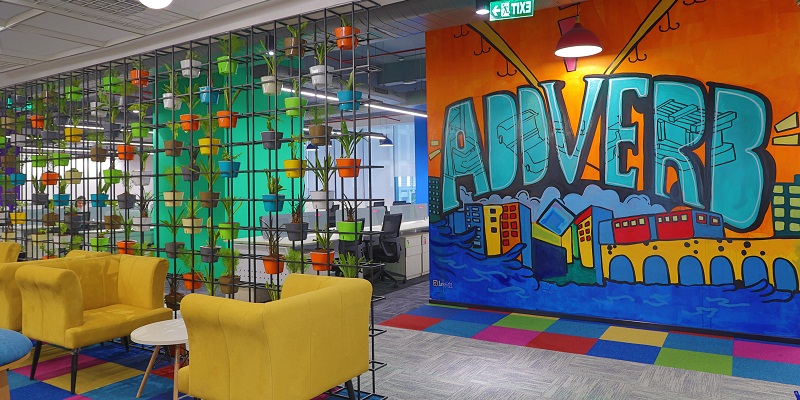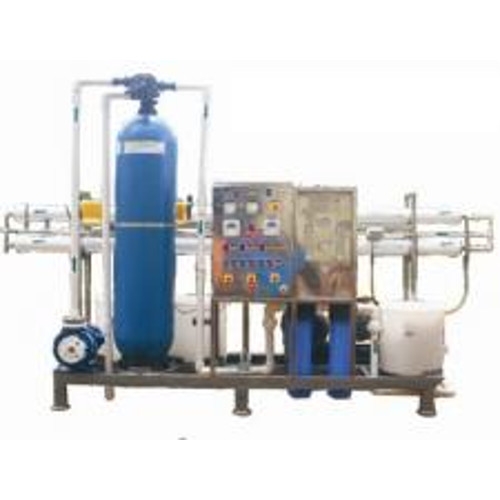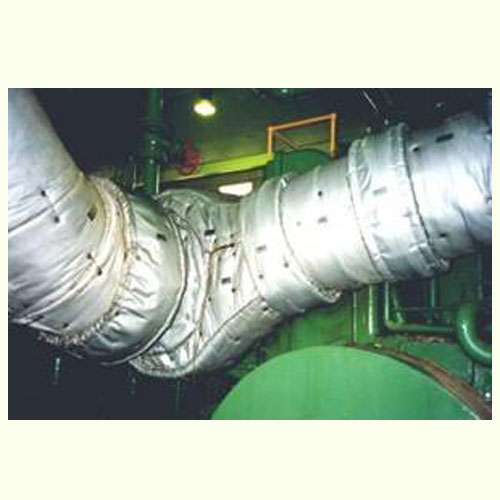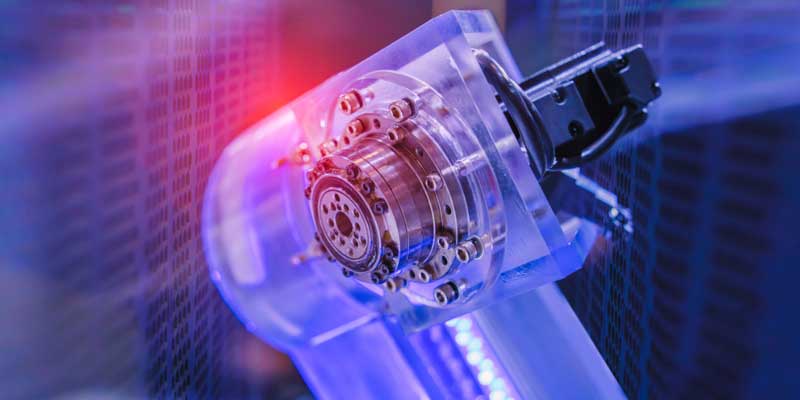Schedule a Call Back
There is increasing demand for robotised warehouses
 Interviews
Interviews- Jul 01,18

Related Stories

Addverb opens second software development centre in Noida
The software development centre (SDC) will help Addverb to deliver value-added software for warehouse robotics and material handling solutions. The SDC comes on the heels of another SDC that was ina..
Read more
There is increasing demand for robotised warehouses
Warehouses across the world, including India, had remained technologically starved for decades. However, in the past few years, the booming e-commerce sector has accelerated adoption of advanced rob..
Read moreRelated Products

Industrial Desalination System
Shakunth Aqua Products offers a wide range of industrial desalination system. Read more

Industrial Castors & Wheels
H M Gulamali offers a wide range of castors and wheels manufactured by Blickle, Germany. Read more
Foxconn, Nvidia join forces for AI factories revolutionising tech production
Taiwanese technology giant Foxconn and leading US hardware company Nvidia revealed their partnership to establish "AI factories," advanced data processing centres geared toward driving the production Read more














